Explore the top real estate hotspots in Kenya for 2025. Discover the best places to invest in Kenya, property hotspots with high returns, and expert tips on how to buy smart and profit from Kenya’s growing property market.
Introduction
Kenya’s property market has proven resilient and profitable, attracting both local and diaspora investors. As the nation’s infrastructure and urbanisation accelerate, certain regions are showing exceptional growth potential. This comprehensive guide explores the real estate hotspots in Kenya, highlighting the best places to invest in Kenya for maximum returns in 2025 and beyond. Whether you’re buying to rent, flip, or develop, you’ll find valuable insights to guide your investment decisions.
Why Kenya’s Real Estate Market is Booming in 2025
Kenya’s real estate sector continues to expand, backed by a growing economy, population increase, and new infrastructure developments. Investors are shifting focus to emerging areas outside traditional Nairobi suburbs, where land and housing remain affordable yet promising.
Economic and Infrastructure Growth
Kenya’s ambitious projects, such as the Nairobi Expressway, the Standard Gauge Railway, and numerous bypasses, have transformed accessibility. New highways like the Eastern and Western Bypasses link Nairobi’s outskirts to the CBD, spurring suburban growth. Infrastructure directly impacts property values—when roads and amenities improve, demand and prices rise sharply, making such zones property hotspots for 2025.
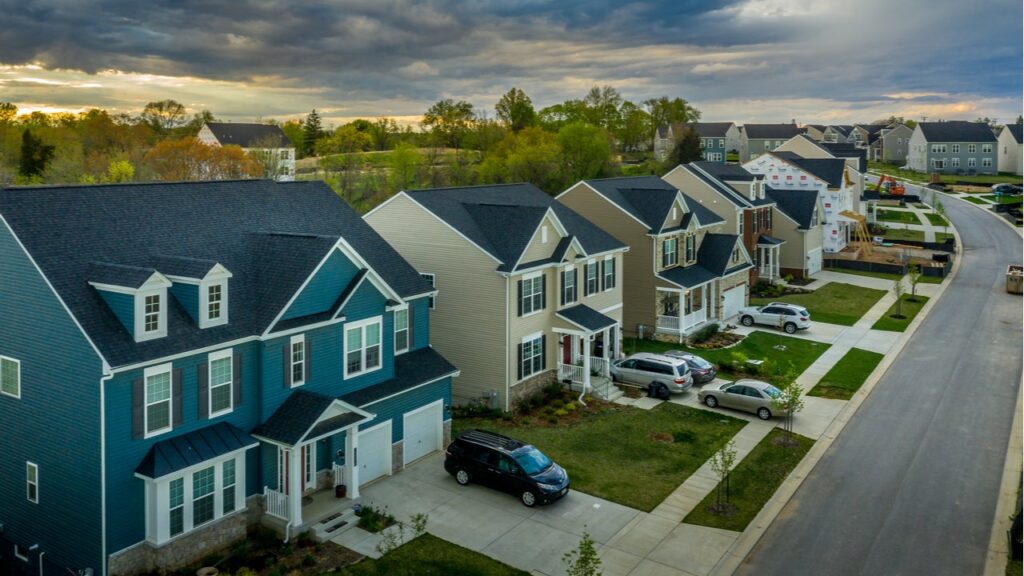
Urbanisation and the Expanding Middle Class
The expanding middle class, seeking better housing and lifestyle options, has increased demand for modern developments. Towns like Nakuru, Kisumu, and Thika are growing rapidly as people move away from city congestion. Developers are responding with gated communities, apartments, and mixed-use properties—creating excellent opportunities for investors to tap into the best places to invest in Kenya.
How to Identify a Real Estate Hotspot in Kenya
Before investing, understanding what makes an area a “hotspot” is critical. A good hotspot promises strong capital appreciation, reliable rental income, and liquidity when you want to sell.
7-Step Investor Checklist
An investor should assess key elements such as accessibility, infrastructure, population growth, and security. Proximity to schools, hospitals, and employment zones increases both rental and resale potential. Always check local county development plans to ensure you invest in an area projected for long-term growth. Investors who follow this checklist often secure properties that double in value within a few years.
Legal and Financial Preparation
A successful transaction depends on legal clarity. Always work with licensed conveyancing lawyers and ensure land searches are conducted through the Ministry of Lands. Financially, familiarise yourself with mortgage options, stamp duty (ranging from 2–4%), and title transfer procedures. Understanding taxes and hidden costs can protect you from losses and ensure your investment stays compliant.
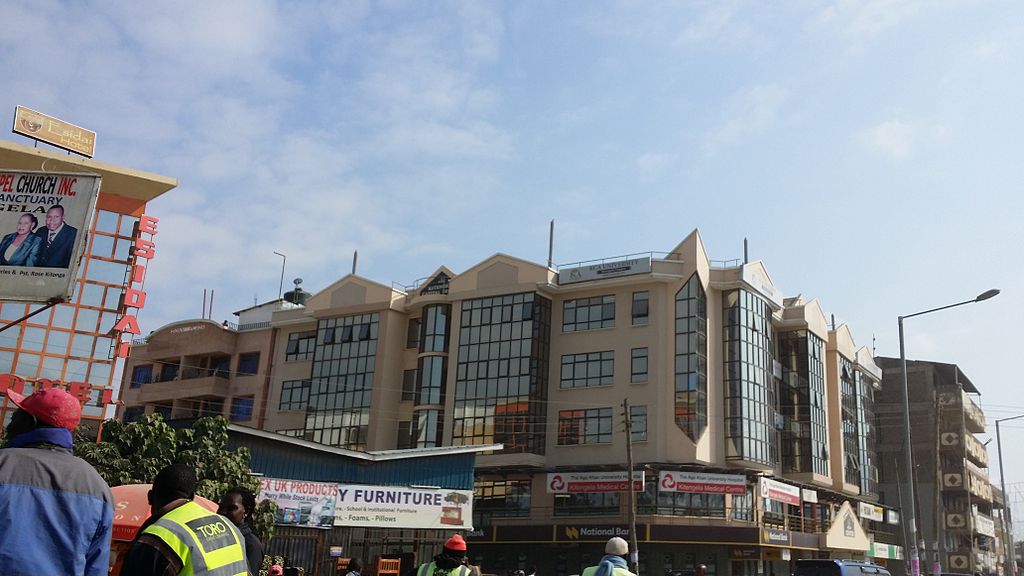
Top Metro and Satellite Hotspots Around Nairobi
Nairobi remains the heartbeat of Kenya’s property market, but most investors are now eyeing satellite towns. These areas combine convenience, affordability, and future value.
Nairobi Satellite Towns to Watch
Towns such as Ruiru, Kitengela, Athi River, and Kikuyu have witnessed immense growth. Improved road networks, reliable water supply, and modern estates have transformed these zones into major real estate hotspots in Kenya. Ruiru, for example, benefits from the Thika Superhighway and Eastern Bypass, while Kitengela thrives due to its proximity to the Nairobi CBD and industrial zones.
Prime Nairobi Suburbs for Rental Yields
High-end areas like Kilimani, Westlands, and Kileleshwa continue to attract corporate tenants and expatriates. These regions yield 7–10% annually from serviced apartments and high-rise rentals. However, investors should conduct feasibility studies to understand demand cycles and rental trends before buying. Despite higher costs, the long-term appreciation in these suburbs makes them among the best places to invest in Kenya.
Emerging Regional Hotspots Beyond Nairobi
As countries develop their infrastructure and economies, new investment opportunities are emerging outside the capital. Regional towns are becoming magnets for investors seeking affordable land with rapid value appreciation.
Nakuru and Naivasha – Western Gateway Expansion
Nakuru’s elevation to city status has accelerated its transformation. It’s now a major education and manufacturing centre, with consistent housing demand. Nearby Naivasha benefits from geothermal energy projects, the Inland Container Depot, and scenic tourism potential. Both towns offer ideal opportunities for land banking, hospitality projects, and industrial developments, making them top property hotspots in Kenya.
Kisumu and Western Growth Corridors
Kisumu’s lakeside location and upgraded international airport have attracted investors in the hospitality, residential, and logistics sectors. The Kisumu-Kakamega highway expansion has boosted accessibility, while county government incentives have encouraged real estate developers. Similarly, towns like Kisii and Bungoma are emerging as secondary investment hubs, thanks to urban migration and SME growth.
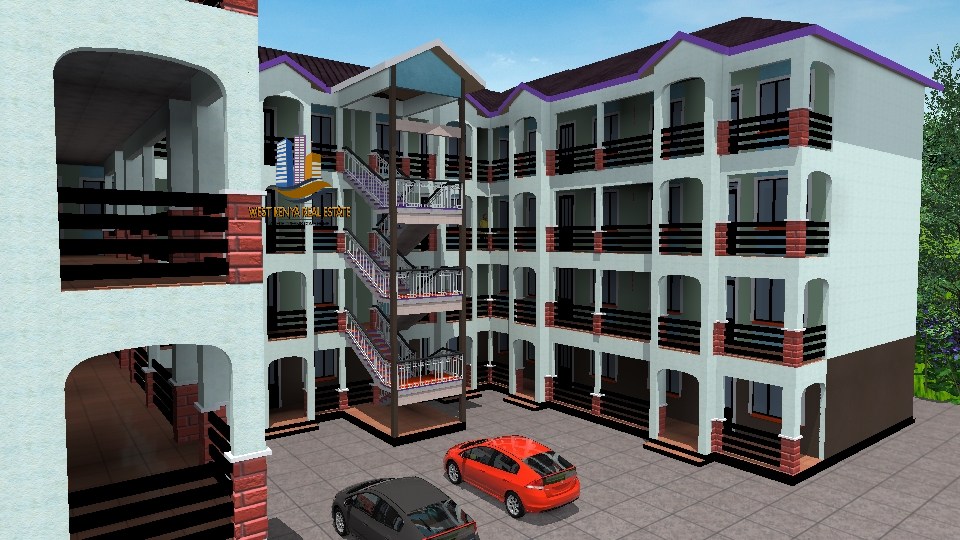
Coastal Real Estate Hotspots for 2025
Kenya’s coastline remains one of the country’s most lucrative investment zones, blending tourism and property ownership. With ongoing infrastructure upgrades, coastal areas are now attracting both local and foreign investors.
Mombasa, Kilifi, and Diani Investment Opportunities
Mombasa continues to be a commercial and residential hub, while Kilifi and Diani are attracting lifestyle and holiday-home buyers. Diani’s white sandy beaches, enhanced road network, and digital nomad influx make it ideal for Airbnb-style investments. Coastal towns have also become diaspora favourites, offering high yields and lifestyle value in one package.
Setting Up Profitable Short-Term Rentals
For investors seeking quick returns, short-term rentals near beaches and tourist areas offer strong potential. However, success requires proper management and compliance with local regulations. Registering with county authorities, obtaining the right permits, and using property managers ensures consistent income and tenant satisfaction.
Industrial and Commercial Property Hotspots
Kenya’s growing manufacturing and logistics sectors are creating fresh demand for warehouses, factories, and business parks.
Thika, Athi River, and Mombasa Port Industrial Growth
Thika’s proximity to Nairobi and major highways has made it an industrial magnet. Athi River hosts multiple manufacturing firms and logistics centres, benefiting from improved road networks. Mombasa’s port-adjacent properties remain valuable for import/export firms looking for storage and operational space. Investing in such areas ensures stable long-term tenants and attractive yields.
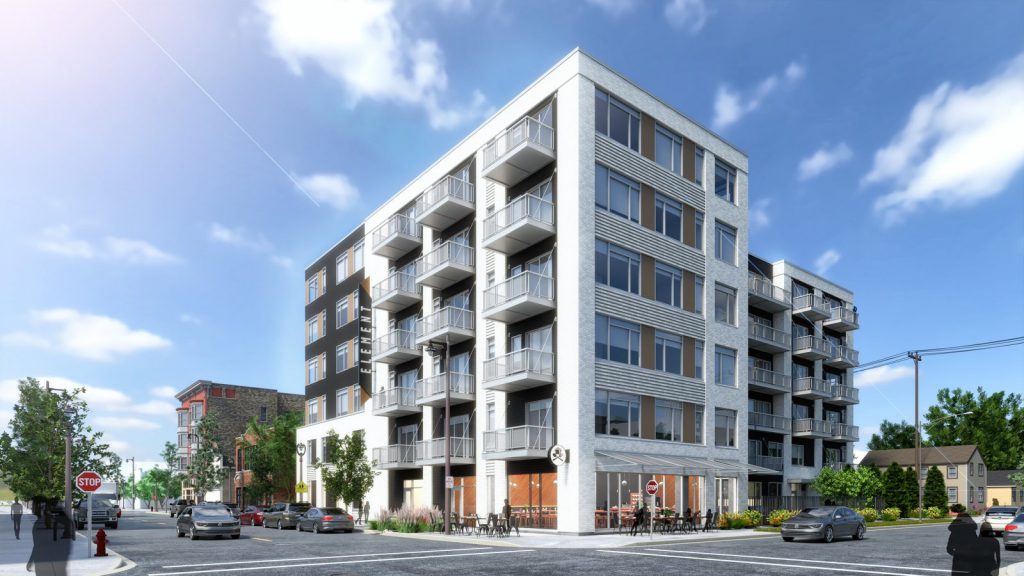
Demand for Modern Business Spaces
The rise of e-commerce and digital startups has shifted office needs toward flexible spaces. Co-working offices, mixed-use buildings, and warehouse-converted workspaces are outperforming traditional office blocks. Towns like Nakuru and Kisumu are following this trend, providing investors with new opportunities to tap into Kenya’s changing work culture.
Affordable Entry Points for First-Time Investors
New investors can still join the market through smaller, high-growth towns. Affordable plots, flexible payment plans, and upcoming roads make it possible to build wealth gradually.
County and Satellite Town Opportunities
Towns like Kangundo, Nanyuki, and Machakos offer serviced plots starting from KSh 500,000. These areas attract first-time buyers seeking to develop homes over time. As infrastructure expands, these plots appreciate quickly, turning modest budgets into strong returns.
Plot-to-Gate Development Strategy
Instead of buying ready-built houses, many investors are opting for plot-to-gate projects. This phased development approach allows you to control construction costs while benefiting from rising land values. With proper planning and reputable developers, even small investors can achieve financial freedom through real estate.
Risks and How to Avoid Land Scams in Kenya
The promise of high returns sometimes attracts fraudulent sellers. Protecting your investment requires vigilance and professional guidance.
Common Scams and Red Flags
Fake titles, unverified brokers, and double sales remain prevalent in Kenya’s real estate market. Scammers often lure buyers with extremely low prices. Always verify ownership through a government land search and confirm that property boundaries match the title deed.

Verification and Safe Purchase Steps
Engage licensed agents, lawyers, and surveyors throughout the buying process. Conduct an official search at the Ministry of Lands, inspect physical beacons, and confirm the seller’s identity. Avoid paying full amounts before the transfer documents are registered in your name.
Technology-Driven Real Estate Investments in Kenya
Kenya’s property market is increasingly influenced by technology and digital platforms. Online listings, real estate apps, and AI-driven property valuation tools make it easier for investors to find high-potential hotspots without physically visiting every site. Technology also enables virtual tours, making it possible for diaspora investors to explore properties and make decisions remotely. Crowdfunding platforms for real estate have started to emerge, allowing smaller investors to participate in developments that were previously inaccessible. Predictive analytics tools help identify neighborhoods likely to appreciate based on infrastructure projects, demographic trends, and economic activity. Digital payment systems simplify transactions and improve security for both developers and buyers. By embracing tech-driven methods, investors can reduce risk, optimize timing, and scale their property portfolio efficiently.
Proptech Platforms and Market Intelligence
Property technology (PropTech) platforms like BuyRentKenya and Lamudi provide real-time insights into price trends, rental yields, and demand patterns. These platforms aggregate listings, transaction histories, and demographic data, offering investors a competitive edge. AI-powered analytics can forecast potential appreciation for towns like Kitengela or Naivasha based on upcoming road projects or population growth. Investors can simulate ROI scenarios before committing capital, reducing uncertainty in fast-moving markets. PropTech also enables better due diligence by flagging properties with incomplete titles or inconsistent valuations. Real estate agents increasingly use these tools to match buyers with the most profitable investments. By leveraging market intelligence from PropTech, investors can confidently navigate Kenya’s evolving property landscape.
Digital Payment and Transaction Security
Digital payment systems reduce reliance on cash, minimising fraud risks in real estate transactions. Platforms like M-Pesa and bank-integrated escrow services provide transparency and traceability for deposits and installment payments. They also simplify cross-border investments, allowing diaspora investors to participate securely. Digital signatures for contracts and e-conveyancing tools are streamlining documentation processes, cutting time from months to weeks. Online verification of KRA PINs, title deeds, and property approvals ensures legal compliance. Using secure digital platforms builds investor confidence and improves accountability between buyers, developers, and agents. This approach reduces delays and enhances the efficiency of closing deals in competitive real estate hotspots in Kenya.

Sustainable and Green Real Estate Opportunities
Sustainable development is gaining traction among Kenyan investors and developers. Green-certified buildings and energy-efficient housing are becoming more attractive to buyers and tenants. Demand for solar-powered homes, rainwater harvesting systems, and eco-friendly designs is increasing, especially in Nairobi suburbs and satellite towns. Sustainable developments often enjoy faster occupancy rates and can command higher rental yields. County governments are incentivising green building projects through reduced levies and approvals. Incorporating sustainability improves long-term property value and appeals to environmentally conscious buyers. Investors focusing on these practices can secure both financial returns and social impact, making their investments more resilient.
Energy-Efficient Residential Projects
Homes equipped with solar panels, LED lighting, and energy-saving appliances reduce monthly expenses for occupants. These features are increasingly required by tenants in premium suburbs like Kilimani and Westlands. Developers focusing on energy efficiency can market properties at higher prices due to lower running costs and environmental appeal. Such homes are also attractive for diaspora buyers seeking rental income in high-demand areas. Energy-efficient construction reduces carbon footprint while enhancing property value over time. Investors should evaluate upfront costs versus long-term savings to identify optimal projects. Integrating sustainability into property design is becoming a differentiator in Kenya’s real estate hotspots for 2025.
Eco-Friendly Commercial Spaces
Green-certified commercial buildings attract multinational tenants who value environmental responsibility. Incorporating natural lighting, proper insulation, and sustainable landscaping improves comfort while reducing utility costs. Investors in industrial and office developments can achieve higher occupancy with eco-friendly features. County incentives may include faster approvals or tax benefits for sustainable projects. Marketing green commercial spaces enhances reputation and attracts long-term tenants. Additionally, these properties maintain higher resale value as regulations increasingly favor sustainability. Focusing on eco-conscious design aligns with global trends and positions investors strategically for future growth.
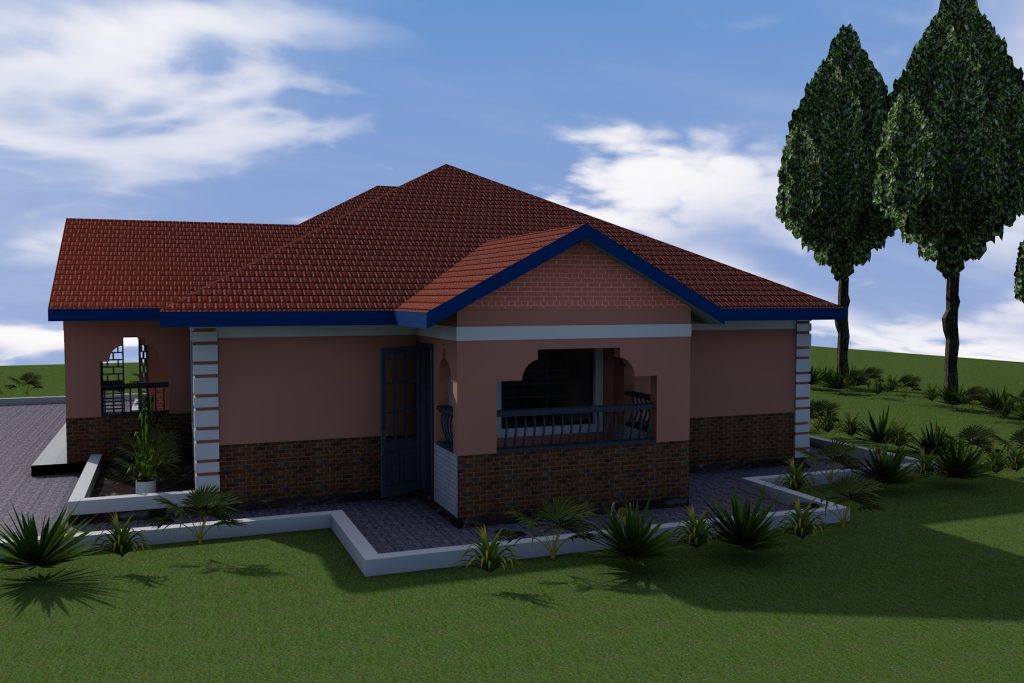
Real Estate Investment via Joint Ventures
Joint ventures are becoming a popular strategy to share risk and pool resources for larger developments. Investors can partner with developers, landowners, or even other investors to access higher-value projects. This approach allows for diversification across locations, including emerging hotspots like Naivasha, Kitengela, and Mombasa coast towns. Shared expertise and capital reduce exposure while increasing the potential for higher returns. Transparent agreements and clear profit-sharing terms are essential to avoid disputes. Joint ventures also provide access to pre-approved plots and faster construction timelines. Investors using JV structures can leverage other parties’ networks and knowledge to maximise profits efficiently.
Structuring a Successful Joint Venture
A successful joint venture requires legal clarity on ownership percentages, profit-sharing, and exit strategies. Investors must conduct due diligence on all partners, verifying track record, financial stability, and legal compliance. Contracts should outline contributions, timelines, and dispute resolution mechanisms. Collaboration allows pooling of funds for prime properties that may be otherwise unattainable individually. Joint ventures are effective in high-demand areas with fast-growing populations, ensuring quicker occupancy or resale. Monitoring project progress and regular communication between partners is critical for success. Properly structured JVs can accelerate wealth creation in Kenya’s best places to invest 2025.
Joint Ventures in Residential vs Commercial Projects
Residential joint ventures focus on mid-size apartment complexes or gated communities, offering predictable rental returns. Commercial JVs target warehouses, offices, or mixed-use developments, which often generate higher yields but carry higher upfront costs. Understanding the risk profile of each sector is essential. Residential projects attract consistent tenants, whereas commercial ventures may depend on market cycles. Investors can combine both strategies for diversification, balancing steady cash flow with potential capital gains. Legal oversight ensures equitable profit distribution and protects all parties from unforeseen risks. JV structures are increasingly recommended for scaling investment portfolios efficiently.
Property Flipping and Renovation Hotspots
Flipping properties has become a lucrative short-term strategy in Kenya’s emerging towns. Investors purchase undervalued homes or plots, renovate or develop them, and sell at a premium. High-demand satellite towns like Ruiru, Kitengela, and Nakuru provide ideal conditions for flips due to rising infrastructure and middle-class migration. Proper valuation and renovation planning ensure profitable returns. Renovation may include modern finishes, solar installations, and security improvements. Flipping also benefits from rising market awareness and digital marketing tools to reach potential buyers quickly. When executed correctly, property flipping offers rapid capital growth while reducing long-term holding risks.
Identifying Flip-Ready Properties
Properties ideal for flipping usually have outdated interiors, incomplete finishes, or underutilised land. Investors should assess structural integrity, legal compliance, and location before purchase. Market trends indicate which neighbourhoods are likely to appreciate rapidly. Renovation costs must be carefully budgeted against projected resale price. Leveraging contractors and designers familiar with local market preferences can increase the property’s value. Documenting before-and-after conditions enhances marketing appeal. Flipping in strategic real estate hotspots in Kenya allows investors to capitalise on both rental demand and capital gains efficiently.
Renovation for ROI Maximisation
Renovations targeting modern aesthetics, energy efficiency, and functional layouts can significantly increase property value. Upgrades like tiled kitchens, landscaped gardens, and solar systems appeal to modern buyers. Smart renovation planning ensures the cost-to-value ratio remains optimal. Investors can combine flipping with short-term rentals to maximise interim cash flow. Location-specific improvements, such as improved security or proximity amenities, attract higher buyer interest. Regular market analysis ensures that renovations align with buyer expectations. Properly executed renovations in high-demand areas can yield ROI exceeding 20–30% within 12–18 months.
Real Estate Investment Trusts (REITs) in Kenya
REITs are increasingly popular for investors seeking exposure to the property market without directly managing buildings. They allow pooling of funds to invest in commercial, residential, or mixed-use developments. Investors benefit from dividends generated by rental income and capital appreciation without the complexities of ownership. REITs also offer liquidity since shares can often be sold quickly, unlike physical property. Top-performing REITs in Nairobi and Mombasa provide exposure to office buildings, retail spaces, and hotels. Regulatory oversight by the Capital Markets Authority ensures investor protection. For those preferring a hands-off approach, REITs present an efficient way to participate in Kenya’s property hotspots for 2025.
How to Choose the Right REIT
Select REITs with strong asset portfolios, transparent financial reporting, and proven management. Evaluate historical yields, growth prospects, and sector diversification. Residential-focused REITs offer stable income, while commercial and industrial REITs may provide higher but cyclical returns. Understanding the REIT’s exposure to emerging hotspots ensures alignment with market trends. Investors should assess management fees and liquidity options. Diversifying across multiple REITs can mitigate risk. Using REITs allows smaller investors to tap into the best places to invest in Kenya without substantial capital outlay.
Combining REITs with Direct Property Investment
REITs can complement direct property ownership by providing liquidity and diversification. Investors can hold REIT shares while developing land or rental properties in hotspots like Kitengela, Naivasha, or Diani. This hybrid approach balances risk, ensuring steady cash flow from REIT dividends and potential capital gains from direct investments. Tracking both portfolios requires market research and regular performance reviews. By combining REITs with physical assets, investors maximise exposure to Kenya’s booming property market. REIT investments are particularly attractive for first-time investors and diaspora buyers. They provide a safer, more flexible way to participate in high-growth real estate without the management headaches of direct property ownership. By diversifying between REITs and physical properties, investors can hedge risks, capture different market segments, and optimise long-term returns. Kenya’s regulatory framework supports transparency and accountability in REITs, giving confidence to both local and international investors. With strategic selection and monitoring, REITs allow investors to access premium commercial, industrial, and residential assets that might otherwise be out of reach. Integrating REITs into an investment portfolio complements hands-on developments, ensuring steady income and capital appreciation. As interest in Kenya’s property sector grows, REITs remain an underutilised but powerful tool. Leveraging them alongside traditional property investments ensures maximum exposure to the real estate hotspots in Kenya in 2025.
Conclusion — Why 2025 is the Perfect Year to Invest in Kenyan Property
The real estate hotspots in Kenya offer unmatched opportunities for growth and stability in 2025. Nairobi’s expanding suburbs, Nakuru’s transformation, and coastal tourism hubs all present profitable entry points for every type of investor. Kenya’s improving infrastructure, favourable government policies, and youthful population make it a resilient market. For those searching for the best places to invest in Kenya, 2025 is the moment to act — secure land, develop smartly, and reap long-term gains.



